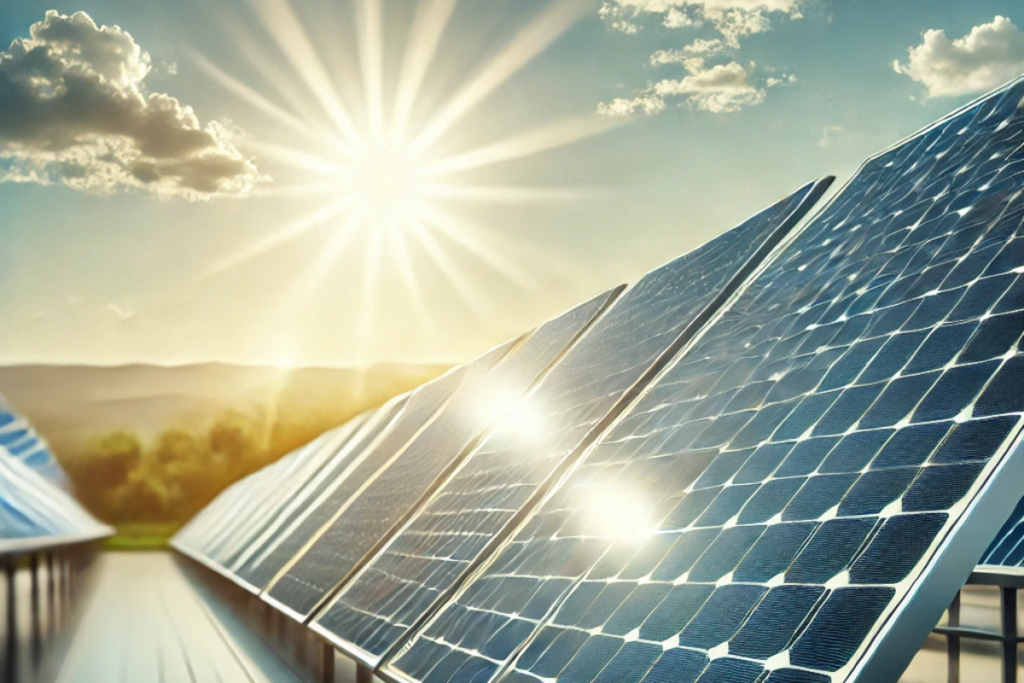In 2024, Pakistan witnessed a significant reduction in solar panel prices, marking the lowest levels in the country’s history. This development has generated considerable interest among consumers, businesses, and environmental advocates alike. As the country continues its journey towards renewable energy adoption, understanding the reasons behind this dramatic price drop is crucial. In this blog post, we will explore the factors contributing to the decrease in solar panel prices, the impact on the market, and the potential long-term benefits for Pakistan’s energy landscape.
Reasons for the Price Drop
Several key factors have led to the historic drop in solar panel prices in Pakistan. High-volume keywords: “solar panel prices in Pakistan,” “solar energy costs 2024,” “cheap solar panels.”
Increased Production and Supply
One of the primary reasons for the price reduction is the increase in global production and supply of solar panels. Major manufacturers, particularly from China, have ramped up production to meet global demand. This increased supply has led to a decrease in manufacturing costs, which has been passed on to consumers in Pakistan.
Example: Chinese solar panel manufacturers, which dominate the global market, have been able to lower their costs due to economies of scale, advanced production techniques, and cheaper raw materials.
Government Incentives and Policies
The Pakistani government has implemented several incentives and policies to promote the adoption of renewable energy. These include tax exemptions, subsidies, and favorable import duties on solar equipment. These measures have made solar panels more affordable for both residential and commercial consumers.
Example: The government’s reduction of import duties on solar panels and related equipment has played a crucial role in lowering the overall cost of solar installations.
Technological Advancements
Advancements in solar technology have also contributed to the price drop. Newer, more efficient solar panels require fewer materials and less labor to produce, resulting in lower costs. Innovations such as thin-film technology and improved photovoltaic cells have made solar energy more accessible and affordable.
Example: The development of bifacial solar panels, which can capture sunlight from both sides, has increased energy efficiency and reduced the cost per watt of solar power.
Currency Exchange Rates
The strengthening of the Pakistani Rupee against major currencies has also made imported solar panels cheaper. As Pakistan imports a significant portion of its solar equipment, favorable exchange rates have reduced the overall cost for consumers.
Example: A stronger Rupee means that the cost of purchasing solar panels from international suppliers is lower, which has been reflected in market prices.
Impact on the Market
The reduction in solar panel prices has had a profound impact on Pakistan’s energy market. High-volume keywords: “solar market in Pakistan,” “renewable energy adoption,” “solar power growth.”
Increased Adoption of Solar Energy
Lower prices have made solar energy more accessible to a broader segment of the population. Residential installations have surged as more homeowners invest in solar panels to reduce their electricity bills. Additionally, businesses and industries are increasingly turning to solar energy as a cost-effective and sustainable alternative to traditional energy sources.
Example: The agricultural sector, which relies heavily on electricity for irrigation, has seen a rise in solar-powered water pumps, reducing operational costs and improving productivity.
Boost to the Renewable Energy Sector
The falling prices have also provided a significant boost to Pakistan’s renewable energy sector. As solar power becomes more affordable, the country is moving closer to its goal of increasing the share of renewable energy in its energy mix. This shift is crucial for reducing reliance on fossil fuels and achieving energy independence.
Example: Pakistan’s commitment to achieving 30% renewable energy by 2030 is becoming more attainable as solar power becomes a more viable option for large-scale energy projects.
Long-Term Benefits
The historic drop in solar panel prices in Pakistan is expected to yield long-term benefits. High-volume keywords: “long-term benefits of solar energy,” “sustainable energy in Pakistan,” “solar energy future.”
Environmental Impact
The increased adoption of solar energy will significantly reduce Pakistan’s carbon footprint. By shifting away from fossil fuels, the country can decrease greenhouse gas emissions and contribute to global efforts to combat climate change.
Example: The widespread use of solar energy in urban and rural areas alike will help Pakistan meet its climate targets and reduce air pollution.
Economic Growth
The solar energy sector is expected to create jobs and stimulate economic growth. From manufacturing and installation to maintenance and research, the industry offers numerous opportunities for skilled and unskilled workers alike.
Example: The growth of the solar industry has the potential to create thousands of jobs across various sectors, contributing to Pakistan’s economic development.
Conclusion
The historic drop in solar panel prices in Pakistan in 2024 represents a significant milestone in the country’s journey toward renewable energy. Driven by increased production, government incentives, technological advancements, and favorable currency exchange rates, this price reduction has made solar energy more accessible than ever. As adoption rates continue to rise, Pakistan is poised to reap the environmental and economic benefits of a sustainable energy future.


